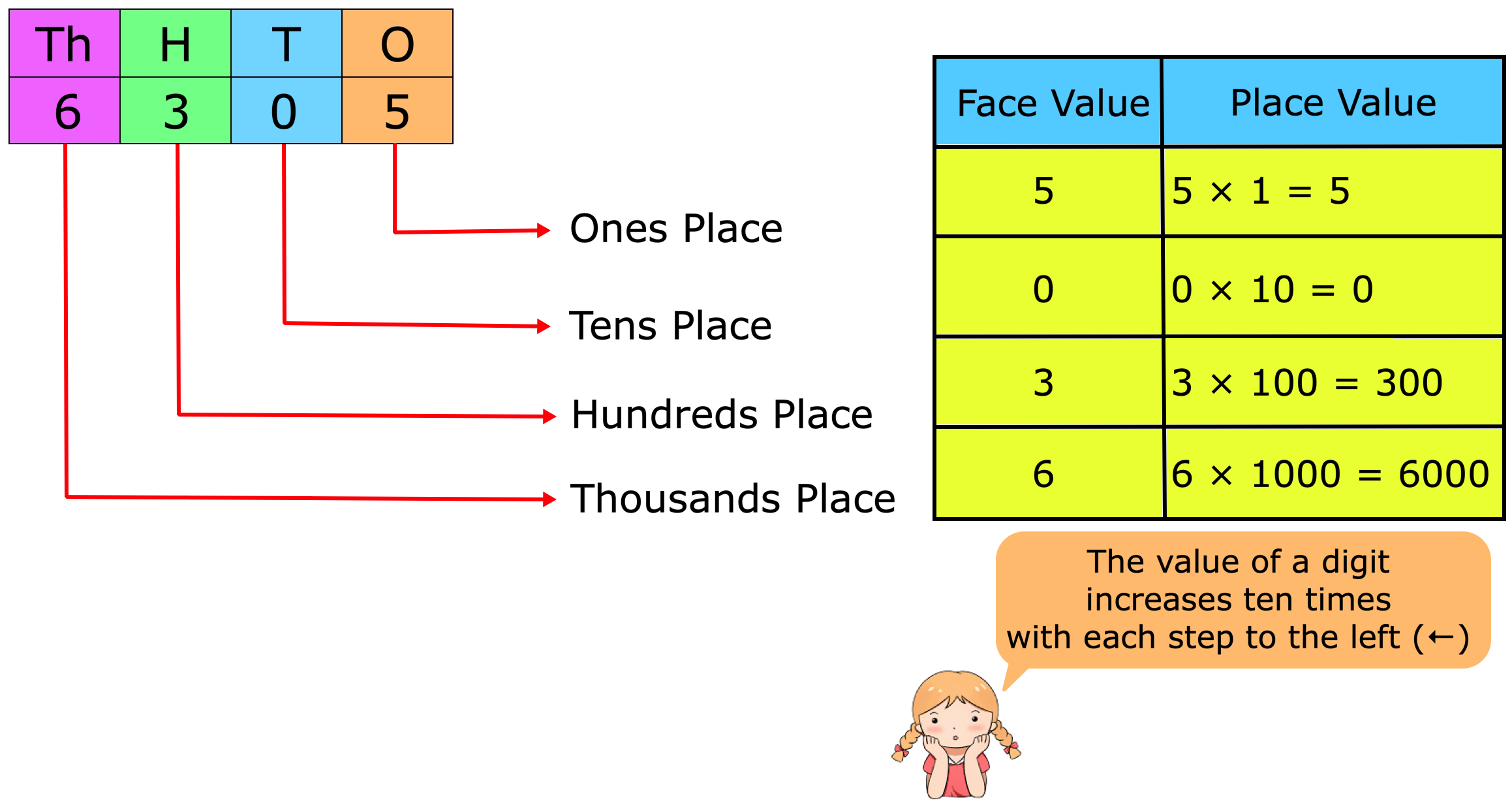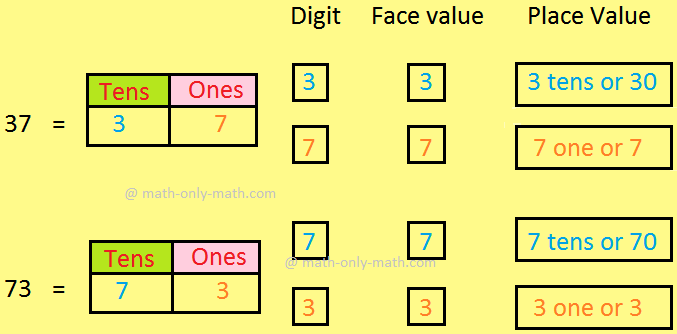General Form into Normal Form
We will learn the transformation of general form into normal form.
To reduce the general equation Ax + By + C = 0 into normal form (x cos α + y sin α = p):
We have the general equation Ax + By + C = 0.
Let the normal form of the given equation ax + by + c = 0……………. (i) be
x cos α + y sin α - p = 0, where p > 0. ……………. (ii)
Then, the equations (i) and (ii) are the same straight line i.e., identical.
⇒ Acosα = Bsinα = C−p
⇒ CP = −Acosα = −Bsinα = +√a2+b2√cos2α+sin2α = + √A2+B2
Therefore, p = C√A2+B2, cos α = - A√A2+B2 and sin α = - B√A2+B2
So, putting
the values of cos α, sin α and p in the equation (ii) we get the form,
⇒ - A√A2+B2 x - B√A2+B2 y - C√A2+B2 = 0, when c > 0
⇒ A√A2+B2 x + B√A2+B2 y = - C√A2+B2, when c < 0
Which is the required normal form of the general form of equation Ax + By + C = 0.
Algorithm to Transform the General Equation to Normal Form
Step I: Transfer the constant term to the right hand side and make it positive.
Step II: Divide both sides by √(Coefficient of x)2+(Coefficient of y)2.
The obtained equation will be in the normal form.
Solved examples on transformation of general equation into normal form:
1. Reduce the line 4x + 3y - 19 = 0 to the normal form.
Solution:
The given equation is 4x + 3y - 19 = 0
First shift the constant term (-19) on the RHS and make it positive.
4x + 3y = 19 ………….. (i)
Now determine √(Coefficient of x)2+(Coefficient of y)2
= √(4)2+(3)2
= √16+9
= √25
= 5
Now dividing both sides of the equation (i) by 5, we get
45x + 35y = 195
Which is the normal form of the given equation 4x + 3y - 19 = 0.
2. Transform the equation 3x + 4y = 5√2 to normal form and find the perpendicular distance from the origin of the straight line; also find the angle that the perpendicular makes with the positive direction of the x-axis.
Solution:
The given equation is 3x + 4y = 5√2 ……..….. (i)
Dividing both sides of equation (1) by + √(3)2+(4)2 = + 5 we get,
⇒ 35x + 45y = 5√25
⇒ 35x + 45y = √2
Which is the normal form of the given equation 3x + 4y = 5√2.
Therefore, the required, perpendicular distance from the origin of the straight line (i) is √2 units.
If the perpendicular makes an angle α with the positive direction of the x-axis then,
cos α = 34 and sin α = 45
Therefore, tan α = sinαcosα = 4535 = 43
⇒ α = tan−143.
● The Straight Line
- Straight Line
- Slope of a Straight Line
- Slope of a Line through Two Given Points
- Collinearity of Three Points
- Equation of a Line Parallel to x-axis
- Equation of a Line Parallel to y-axis
- Slope-intercept Form
- Point-slope Form
- Straight line in Two-point Form
- Straight Line in Intercept Form
- Straight Line in Normal Form
- General Form into Slope-intercept Form
- General Form into Intercept Form
- General Form into Normal Form
- Point of Intersection of Two Lines
- Concurrency of Three Lines
- Angle between Two Straight Lines
- Condition of Parallelism of Lines
- Equation of a Line Parallel to a Line
- Condition of Perpendicularity of Two Lines
- Equation of a Line Perpendicular to a Line
- Identical Straight Lines
- Position of a Point Relative to a Line
- Distance of a Point from a Straight Line
- Equations of the Bisectors of the Angles between Two Straight Lines
- Bisector of the Angle which Contains the Origin
- Straight Line Formulae
- Problems on Straight Lines
- Word Problems on Straight Lines
- Problems on Slope and Intercept
11 and 12 Grade Math
From General Form into Normal Form to HOME PAGE
Didn't find what you were looking for? Or want to know more information about Math Only Math. Use this Google Search to find what you need.
Recent Articles
-
Place Value and Face Value | Place and Face Value of Larger Number
Apr 13, 25 03:12 PM
The place value of a digit in a number is the value it holds to be at the place in the number. We know about the place value and face value of a digit and we will learn about it in details. We know th… -
Face Value and Place Value|Difference Between Place Value & Face Value
Apr 13, 25 03:07 PM
What is the difference between face value and place value of digits? Before we proceed to face value and place value let us recall the expanded form of a number. The face value of a digit is the digit… -
Place Value and Face Value | Basic Concept on Place Value | Face Value
Apr 13, 25 02:59 PM
Learn the easiest way to understand the basic concept on place value and face value in the second grade. Suppose we write a number in figures 435 in words we write four hundred thirty five. -
Expressing Place Value and Face Value | International & Indian System
Apr 13, 25 02:35 PM
We will learn expressing place value and face value of a digit in any number in International and Indian system. Place value: We know how to find out the place value of a digit in any number. -
5th Grade Decimals | Word Problem on Decimals | Concept of Decimals
Apr 13, 25 02:16 PM
A fractional number whose denominator is 10 or multiple of 10 is called a decimal. Every decimal has two parts whole number part and decimal part. These two parts are separated by a dot or point. This…





New! Comments
Have your say about what you just read! Leave me a comment in the box below. Ask a Question or Answer a Question.